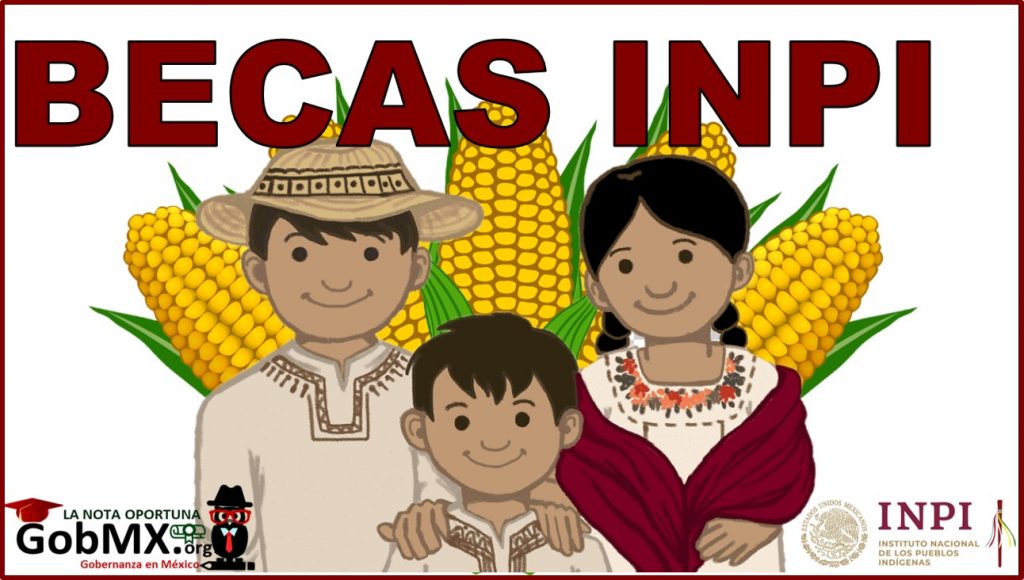
by Gilberto López y Rivas
If anthropology as a science emerged closely linked with colonialism and efforts to impose capitalism, in Mexico, the anthropological discipline has developed in its relationship with State indigenism. Indigenism has its closest origins in the years following the armed revolutionary movement of 1910 to 1917, when the Mexican school of anthropology, headed by Manuel Gamio, began to elaborate the conceptual frameworks that would give content to the government program for the indigenous peoples of the post-revolutionary era.
Gamio expressed the ideological proposals of a bourgeoisie already established as the hegemonic force of this transformative process, and the necessity of giving coherence to a national project according to his class interests. For this founding father of Mexican anthropology, the nation would not be consolidated like this, as long as the heterogeneous character of its make-up, expressed in at least 60 small homelands, with their languages and cultures, and the need for their incorporation into the majority society. For Gamio, the marginality of the indigenous was due to the stagnation caused by linguistic differentiation, so the solution to the problem was the convenient intervention of the State to impose policies that pretended to help the indigenous people, but in actuality sought to assimilate them into the dominant nationality and the cultural and linguistic homogenization of the country.
These ideas had consensus in Latin America, as one can infer from the resolution adopted by the 8th Pan American Conference on Education, which took place in Lima in 1938, where it was declared that indigenous people had a preferential right to protection from the authorities to make up for deficiencies in their physical and mental development, for which the governments should develop policies aimed at their complete integration into the respective national environments. Thus, from the first Inter-American Indigenist Congress, that took place in Pátzcuaro, Michoacán, in April of 1940, the integrationist indigenism extended on a Latin American scale, beginning with its adoption by many countries like Peru, Ecuador, Guatemala, and Bolivia with the subsequent establishment of agencies for indigenous affairs, called national indigenist institutes, that take on the role of putting the State’s indigenist policies into practice. At this Congress, the creation of the Inter-American Indigenist Institute was agreed upon, in which Argentina, Bolivia, Brasil, Colombia, Costa Rica, Chile, Ecuador, El Salvador, Guatemala, Honduras, Mexico Nicaragua, Panama, Paraguay, Peru, United States and Venezuela participated.
It is worth pointing out the leading role played by anthropologists in the elaboration of this ideology, from the moment when Gamio defined anthropology as the science of good government, initiating a marriage between anthropologists and the Mexican State that was broken, in part, at the point of the popular student movement of 1968, when critical currents would express themselves and denounce the complicity of anthropologists in ethnocidal processes.
The development of State indigenism has gone through various phases, and its ideological characteristics have been adapting to the transformations of Latin American societies, while its defining essence as a policy of a creole-mestizo State towards indigenous peoples has persisted. The renewed discourses have not been able to annul this character. This is important to reiterate because the Mexican State has been adept enough in the international arena to cover up its oppressive nature.
In reality, genocide, ethnocide, racism, and segregation constitute processes directly related to the history of indigenous peoples, as well as resistance, rebellion, syncretism and constant transformation of their forms of struggle against discrimination, oppression and exploitation, within the framework of the different racial, cultural and class matrices that have been imposed by the colonizers and their descendants, who make up the dominant classes in national societies.
From its beginnings, indigenism assumed a restrictive cultural relativism as one of its components: it was considered that in the indigenous cultures there were aspects that deserved to be conserved, and other negative elements that needed to be eliminated for not being compatible with modernity or the legal systems in effect. The indigenist bureaucracy became the selectionist in processes of indigenous incorporation to the national society, characterized by the use of a rhetoric of respect for the indigenous languages and customs, with a practice of destruction of its ethnic structures.
In memory of Hugo Torres Jiménez, Comandante Uno of the Sandinista Revolution.
This article was published in La Jornada on Febrary 18th, 2022. https://www.jornada.com.mx/2022/02/18/opinion/020a2pol English interpretation by Schools for Chiapas.
